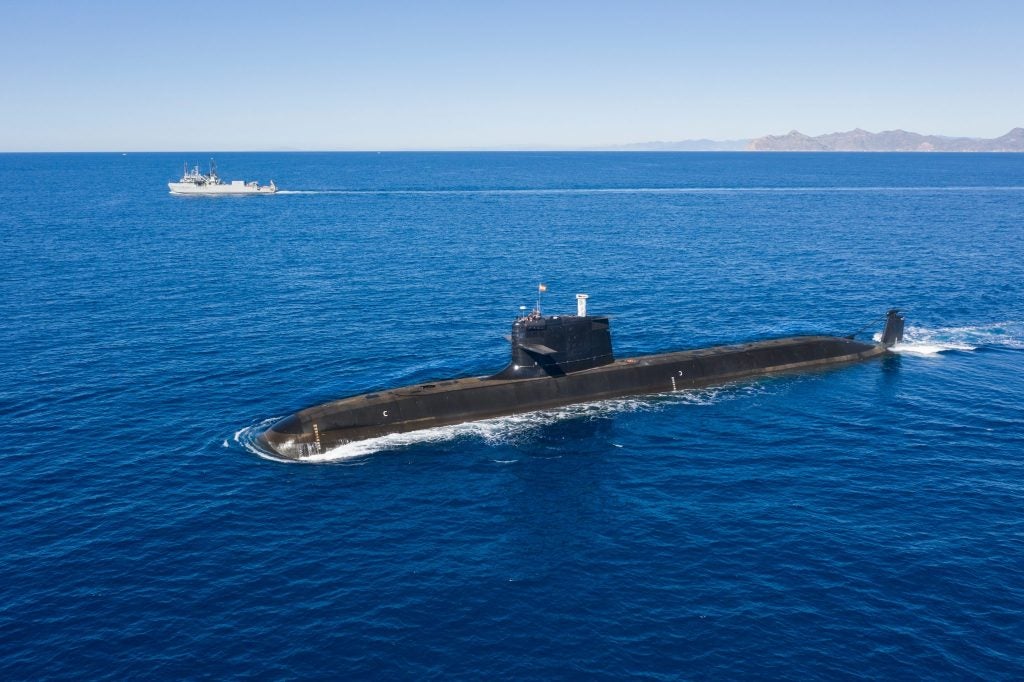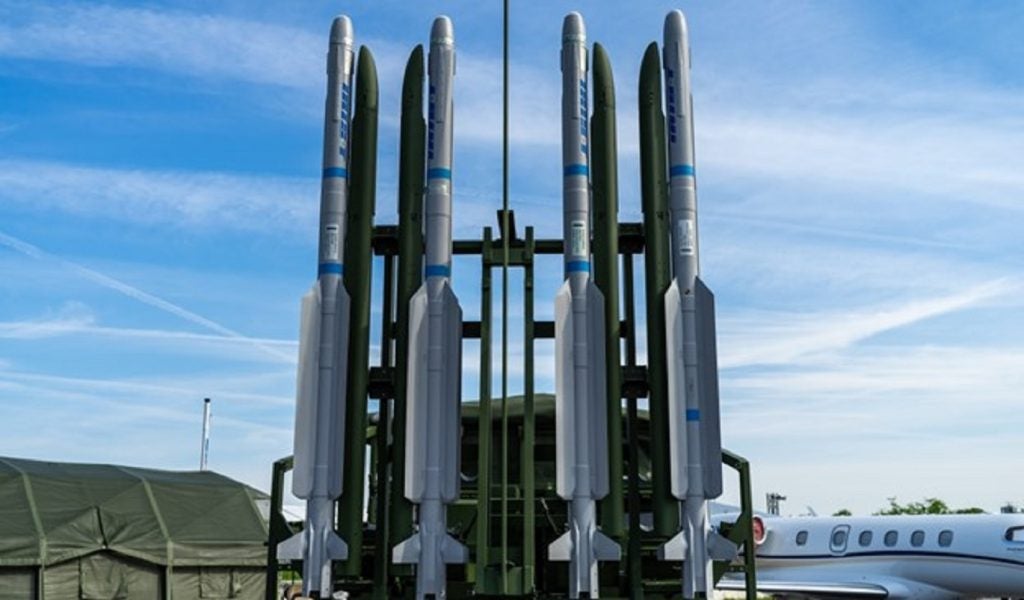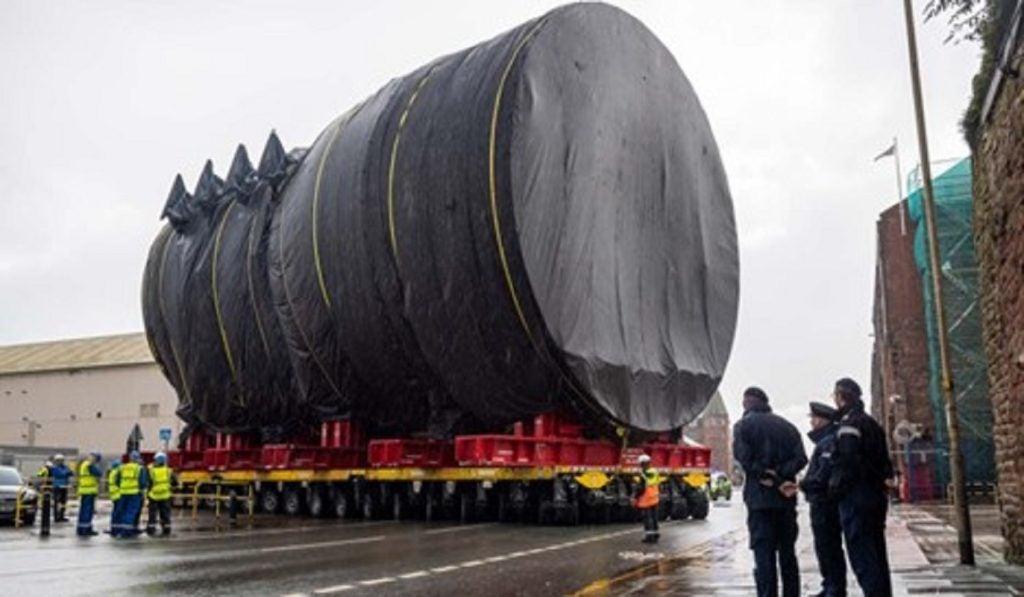The S-81 submarine Isaac Peral has passed the final safety checkpoint, navigating at the maximum operational depth, before being officially commissioned into the Spanish Navy earlier this month.
A release from Navantia on the 18th of October said that the safety test was a major milestone, but testing will continue up until the boat’s final delivery.
The president of Navantia, Ricardo Domínguez, thanked the participants in the programme: “Sailing at maximum operational depth is a symbolic moment for all those who are involved: the Ministry of Defence, the Navy, Navantia personnel and the collaborating industry. It is, therefore, an excellent moment to recognize everyone’s work because, with the S-81, not only Navantia makes a qualitative leap forward, but Spain makes also a qualitative leap forward in its defence capabilities and in its industrial and technological base”.
The S-81 is a submarine in the S-80 class. A class of vessels first planned in 1989 and ordered into production in 2003, the S-80 program has had a difficult road to delivery, suffering from overweight issues that necessitated the introduction of General Dynamics into the design process in 2013. The extensive redesigns in the 2010’s and a Spanish government budget crisis lead to significant delays. The Isaac Peral was first expected to enter service in 2015, followed by the Narciso Monturiol in 2016, and two more boats in the class, the Cosme Garcia in 2018 and Mateo Garcia de los Reys in 2019 respectively. These are now expected for delivery in 2024, 2026, and 2028, respectively. The cost of the submarines has run to €977m ($1bn) per submarine.
The S-80 is designed to operate in remote areas travelling undetected at high speeds. The air independent propulsion system, supplied by UTC Power, makes use a 300kW reactor fed with bioethanol, and the electric propulsion motors make the submarine 20% lighter than those used in the Scorpene-class submarines. The boat’s three diesel engines provide 1,200kW each.











